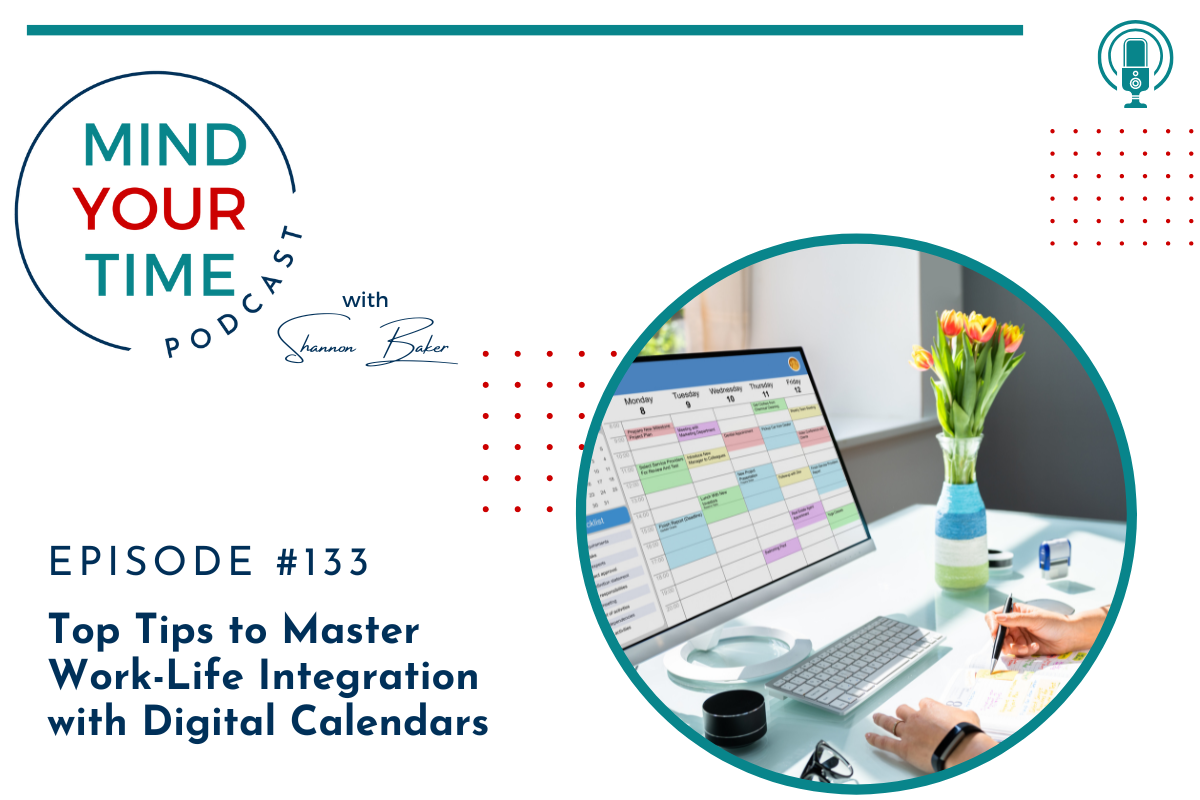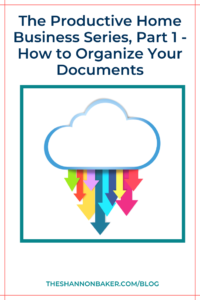Do you struggle with finding a balance between your work and personal life? If so, you’re not alone.
Many people have tried to achieve work-life balance, but it’s becoming increasingly clear that it’s a myth. The truth is that work-life balance is impossible to achieve. It’s based on the assumption that work and life are two separate entities that need to be balanced.
However, the reality is that work and life are interdependent, and they influence each other in various ways. Work-life integration, on the other hand, recognizes this interdependence and creates a synergy between the two.
What is work-life integration?
Simply put, work-life integration means creating harmony between your personal life and work life. Then they work together instead of competing against each other. It’s a more holistic approach that allows you to achieve your personal and professional goals while maintaining your overall well-being.
By integrating the two, you can have the best of both worlds. Most importantly, you can grow your business and still have time for your family, friends, and hobbies. In the long-term, work-life integration enables you to live your legacy and avoid burnout. You don’t have to sacrifice one for the other.
How Digital Calendars Boost Productivity
One of the biggest advantages of using digital calendars is they help you be more efficient and boost your productivity. You can eliminate the need for paper planners, sticky notes, and other tools that clutter your workspace. Instead, you can access your schedule from anywhere with an internet connection. This makes it easier to stay on top of your personal and work schedule.
You can see your work and personal life in one place, which makes it easier to manage the two. By scheduling your personal commitments alongside your work schedule, you can avoid overbooking or double-booking yourself. This causes unnecessary stress and frustration. And you can share your calendar with your team or family members. Making it easier to coordinate events and appointments with everyone.
Additionally, digital calendars offer features like reminders and notifications, making it easier to remember important deadlines, calls, and appointments. You can also schedule recurring tasks, making it easier to stay on top of routine tasks like self-care, team meetings, client follow-ups, and project deadlines.
Digital calendars also offer features like color coding and recurring events. This makes it easier to stay organized and manage your time effectively. For instance, you can color-code different types of events like work-related, personal, and family events so you can quickly identify them.
And if you want to be more intentional about the way you use your time, then a digital calendar will definitely help. It can help you maximize the time you have available by scheduling your tasks and appointments in a way that makes the most sense to you.
Tips for Better Work-Life Integration with Digital Calendars
How can you use a digital calendar to achieve better work-life integration? Here are some tips:
1. Use a Hybrid Approach: While digital calendars are great for organizing your schedule, it’s important to use a hybrid approach that includes both digital and paper planners. Paper planners can help you visualize your goals and priorities, while digital calendars can help you stay on track with reminders and notifications and see things at a glance.
2. Time Blocking: Time blocking is an effective way to limit the number of tasks you work on and determine how long it will take to complete each task. By scheduling tasks in advance, you can avoid overbooking and ensure you have time for personal commitments.
3. Schedule Breaks: Don’t forget to schedule breaks throughout the day. Taking breaks can actually improve your productivity by reducing stress and increasing your focus.
4. Set Boundaries: Set boundaries around your schedule to avoid overworking and burnout. Use a digital calendar to set clear start and end times for work-related tasks, and stick to them.
5. Prioritize Your Tasks: Focus on one priority at a time and stick with it until it’s complete. Avoid assigning more than three tasks per day to avoid feeling overwhelmed.
6. Sync Your Calendar: Be sure to sync your personal and business calendars with an online scheduler so you don’t overbook yourself.
7. Use Reminders: Set reminders for important events, deadlines, or calls. This can help you stay on track and ensure that you don’t miss anything important.
8. Celebrate Small Wins: Celebrate your progress and milestones along the way to stay motivated and committed to the planning process.
9. Review and Adjust: Regularly review your planning process and adjust as needed. Keep an open mind and be willing to try new approaches to help you stay motivated and committed to your planning process.
Achieving a work-life integration that enables you to live your legacy is not an easy feat, but it is achievable with the right tools and mindset. By using digital calendars, you can significantly improve your productivity, efficiency, and organization, allowing you to focus on your priorities and still have time for yourself and your loved ones.
Remember, the key to successful work-life integration is not work-life balance, which is a myth, but rather, creating synergy between your work and personal life. By setting boundaries, time blocking, prioritizing, and using tools like online schedulers, you can achieve better work-life integration and live your legacy.
So take action now! Start planning your day in advance, and use digital calendars to boost your productivity and achieve better work-life integration. Your legacy is waiting for you to take the first step.
If you would like to hear the expanded version, check out the podcast episode below.
2:59 – What is work-life integration?
6:29 – How using a paper planner differs from using a digital planner
9:56 – How I plan my month and week
12:33 – Common roadblocks to planning and how to overcome them
16:54 – Tips to help you stay on track
Links mentioned in this episode:
Episode 125 – How An Online Scheduler Will Help You Manage Your Time
Episode 132 – Productivity Tips for Busy Consultants to Create an Intentional Lifestyle
Check out the MY-T Society Membership
Let’s connect online
Connect With Me On Instagram: @the_shannonbaker





Pingback: Unleashing Your Potential: Time Management Strategies for Creative Entrepreneurs -
Pingback: How to Boost Productivity as an Entrepreneur